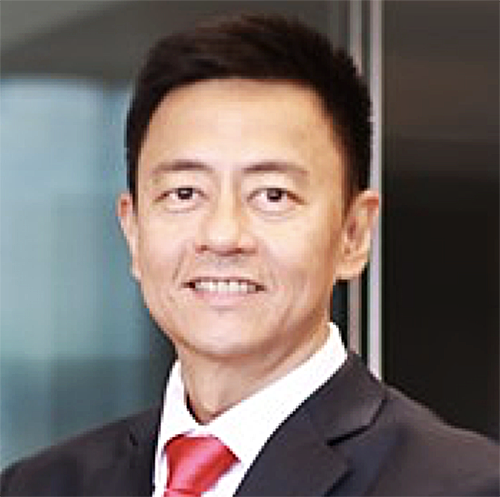The fall-out from the cost-cutting in the fixed income business has finally started to show up in banks’ ability to service clients in the secondary market. In the first such evidence, the latest Asian G3 Bond Benchmark Review 2015 published by Asset Benchmark Research revealed a changing of the guard at the top of the fixed income brokers’ league table.
HSBC has replaced Standard Chartered Bank at the top of the list, having grown, by 0.2% to 7.3%, its market share of trading among institutional investors with more than 60% of their assets in investment grade bonds. Citi and Morgan Stanley shared the second rank with a 7.0% market share, having moved up from the sixth and fifth place, respectively.
HSBC has also significantly increased its market share in high yield bonds, by 1.6%, reaching 6.9%, which places it third among the banks ranked in the report.
“They changed their trading team,” notes a portfolio manager participating in the survey. “The new team is providing better liquidity.” Another investor agrees: “It’s mainly due to the improvements in pricing and liquidity.” The comments were provided – on the condition of anonymity – as part of the annual survey of institutional investors active in the Asian G3 bond market (excluding Japan, Australia and New Zealand), conducted in the third quarter of 2015.
In the ranking for high yield bonds, Citi and Bank of America Merrill Lynch continued to lead with a market share of 8.5% each. Apart from HSBC, Goldman Sachs also gained significant market share in this category.
Standard Chartered Bank and Deutsche Bank suffered loss of market share in both investment grade and high yield. Standard Chartered’s market share declined by 2.0% and 1.9% in the two areas respectively, while Deutsche lost 2.2% and 1.4%.
Standard Chartered is now ranked fifth in investment grade, with a 6.6% market share (on par with Nomura), and tenth in high yield bonds, with a 4.3% market share. Deutsche Bank shares the tenth rank in investment grade bonds with ANZ and UBS, with a 4.7% market share, down from the fourth previously, and is ranked seventh in high yield bonds, with a 6.1% market share, down from the third.
Comments from the participants in the survey shed some light on the possible causes of the two banks’ decline. Standard Chartered is “not as strong [as HSBC] in terms of their local presence,” says one respondent. “The sales-customer coverage ratio is very low,” adds another. “It’s hard to get in touch.”
Commenting on Deutsche Bank, one portfolio manager speculates: “It could be that their sales are not reaching out as much, or that they have a smaller book, but we just haven’t done as much [with Deutsche Bank this year].”
“They had a mass layoff last year, some trader[s] and sales left,” adds another investor.
Still another comments: “Frankly, in this business there are so many people who are much hungrier, so I’m going to have to give [the business to] the guys who spend the time and effort.”
The survey, conducted in the third quarter of 2015, measured each bank's market share by client group, asset class, and geographical location. Market share was estimated based on the participants’ responses about their dominant asset class, trading volume and distribution of trades among their brokers. The report also pinpoints gains and losses in client satisfaction using various measures of research capabilities, sales and trading.
A total of 319 institutional investors participated in the review. Of these, 202 respondents had portfolios with 60% or more of their assets in investment grade bonds. These investors had US$370 billion in assets under management and US$210 billion in annual turnover in the secondary market.
There were 75 respondents with 60% or more of their investments in high yield bonds. These investors had US$73 billion in assets under management and US$75 billion in annual turnover in the secondary market.
The full report covers these findings in greater detail. For more information please contact [email protected].









